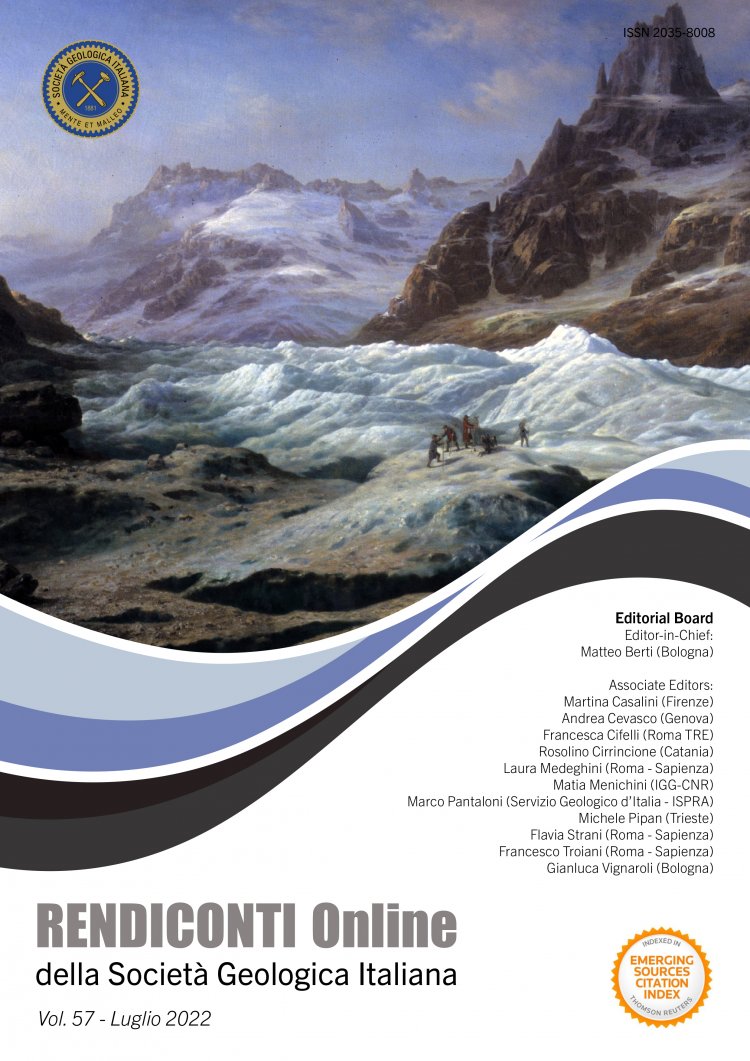
Painting the mountains between Art and Earth Sciences during the second half of the 19th century. The case of the painter Claude Hugard (1816-1885)
Maddalena Napolitani1
1École Normale Supérieure, Paris, laboratoire SACRe-PSL.
Corresponding author e-mail: Maddalena.napolitani@hotmail.com
Volume: 57/2022
Pages: 17-24
Abstract
This contribution studies the production of a new visual culture related to Earth Sciences during the 19th century. It especially considers the influence of Earth Sciences’ progresses on figurative arts, and the notions of territory and national soil as they’re shaped by the Romantic culture. In this context, mountains’ paintings are particularly relevant since they embody multiple layers of both identity-related and scientific issues. To analyze these new images of the Earth, the chosen case study is that of the rather unknown Savoyard painter Claude Hugard (1816-1885), and especially his landscape paintings for the museum of mineralogy of the École des Mines in Paris (1852-1859). This collaboration with engineers and geologist influences the painter’s career, showing the evolution of Earth Sciences’ visual culture and its dissemination during the second half of the century.
Keywords
landscape painting, scientific dissemination, history of Earth Sciences, Romanticism, mountain painting, visual culture.
Get Full Text